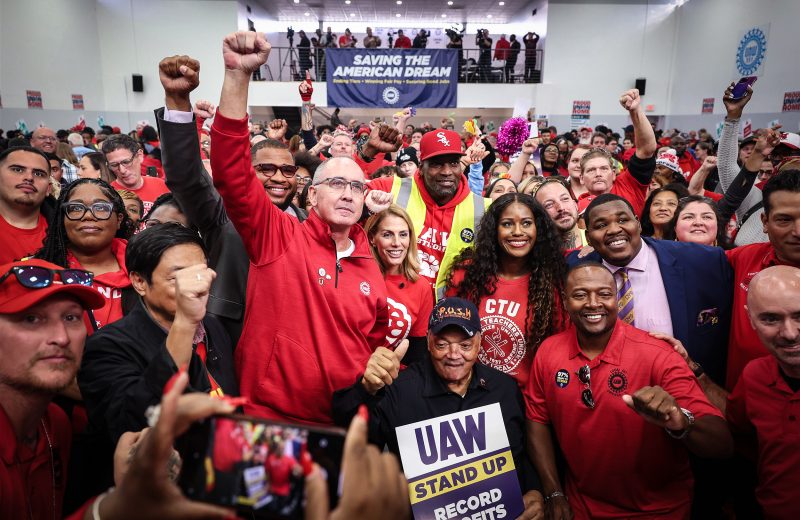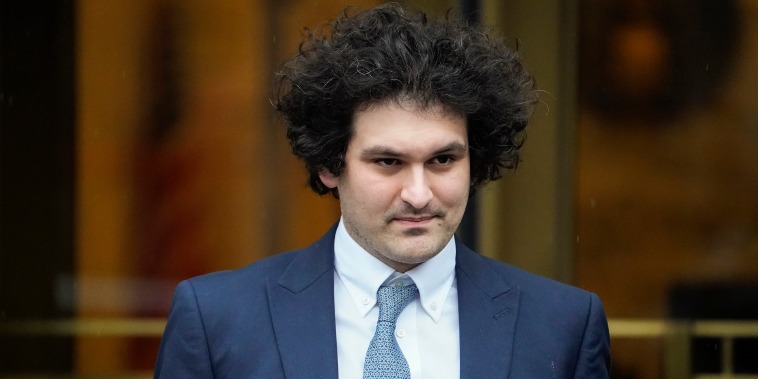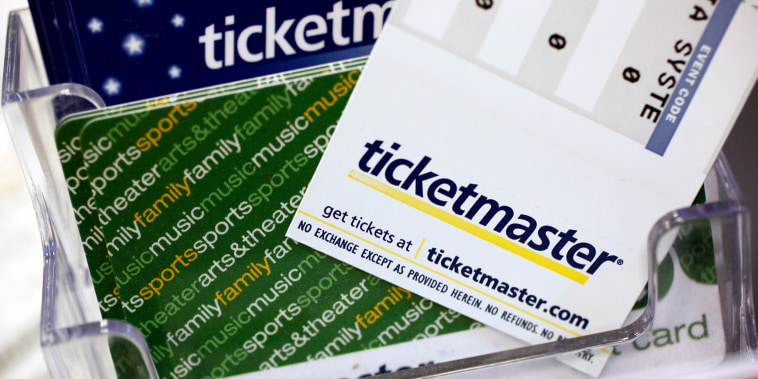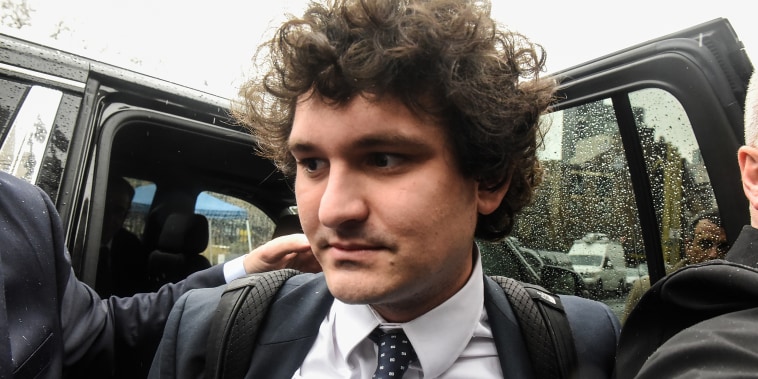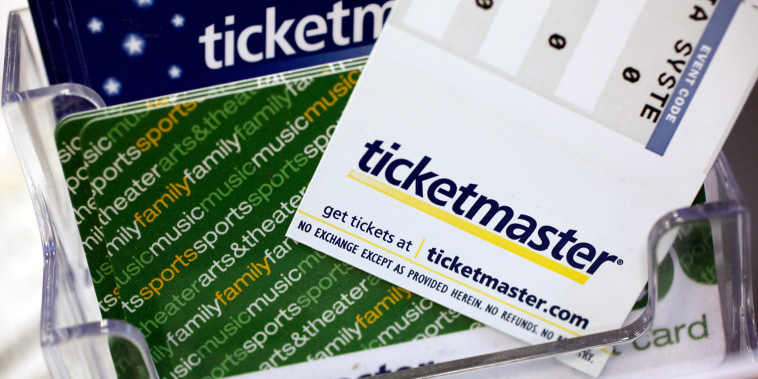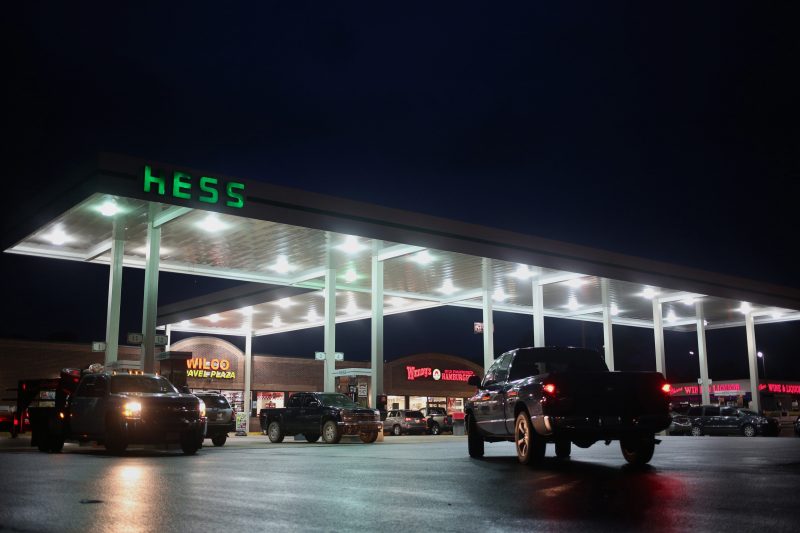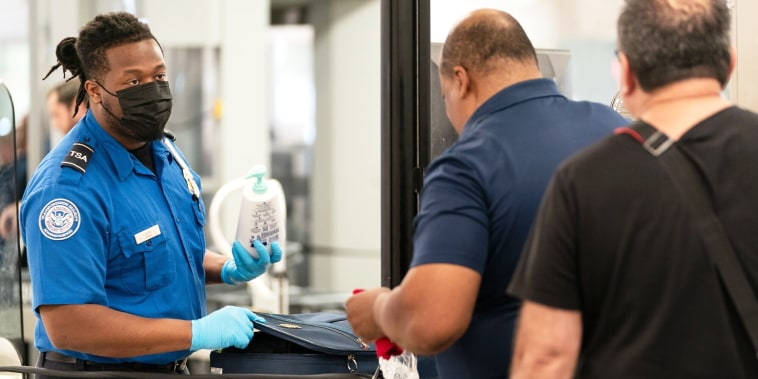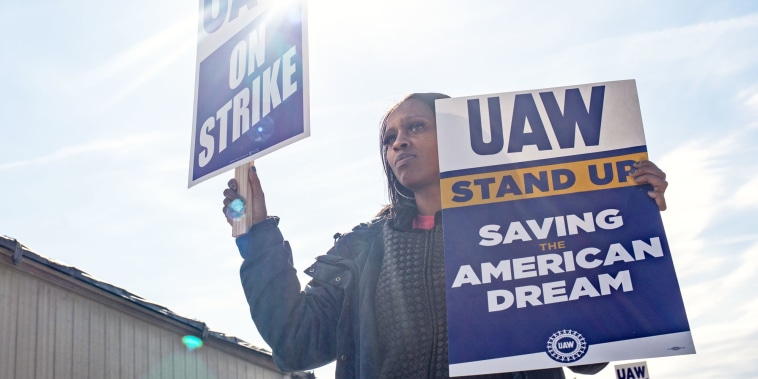
The United Auto Workers union and Stellantis say they’ve reached a tentative agreement on a new contract, leaving General Motors as the only one of the Big Three automakers without a contract with the union.
The deal, which still has to be ratified by members, follows a six-week strike by more than 14,000 workers at Stellantis assembly plants in Michigan and Ohio, and at parts warehouses across the nation.
“Once again, we have achieved what just weeks ago we were told was impossible,” UAW President Shawn Fain said in a written statement. “At Stellantis in particular, we have not only secured a record contract, we have begun to turn the tide in the war on the American working class.’
The tentative agreement is patterned off a 4½-year agreement reached between the union and Ford on Wednesday, sources previously told CNBC.
Employees will return to work while the agreement goes through the ratification process, UAW said in a statement Saturday.
‘We look forward to welcoming our 43,000 employees back to work and resuming operations to serve our customers and execute our Dare Forward 2030 strategic plan to maintain Stellantis’ position at the forefront of innovation,’ Stellantis North America COO Mark Stewart said in a written statement Saturday.
In a statement Saturday night, GM said it was ‘disappointed by the UAW’s action in light of the progress we have made.’
‘We have continued to bargain in good faith with the UAW, and our goal remains to reach an agreement as quickly as possible,’ GM said.
United Auto Workers signs for a strike are shown at a Stellantis assembly plant in in Sterling Heights, Mich., on Monday.Paul Sancya / AP
Around 40,000 UAW members have gone on strike since their last contract with GM, Ford and Stellantis expired on Sept. 15. They shut down dozens of factories along the way, including GM’s full-size truck plant in Arlington, Texas, on Tuesday.
UAW President Shawn Fain said in a video statement Wednesday that the move was part of a step to get negotiations over the finish line.
The deal, according to UAW, includes 25% in base wage increases through April 2028, and the starting wage will increase to over $30 an hour.
Both the Ford and Stellantis deals include a right to strike over plant closures, according to the union.
‘The agreement reinstates major benefits lost during the Great Recession, including Cost-of-Living Allowances and a three-year Wage Progression, as well as killing divisive wage tiers in the union,’ the UAW said in a statement.
The agreement will need to be ratified by UAW members before it becomes binding, and that process will take time. On Wednesday night, Fain said a national committee will meet to review the Ford deal on Sunday. Local groups will review it after that, and then members will vote on the proposed contract.
Still, the proposal means Ford workers left the picket lines and will soon go back to work.
Talks between the union and Stellantis had appeared to be more contentious than those with GM and Ford. Fain repeatedly criticized Stellantis for what he called outsize profits and CEO pay, and on Friday he said on a livestream that the company was trying to ‘lowball’ the union before throwing a ream of pages, which he said were Stellantis’ proposal, in an office trash can.
On Monday, Fain called for workers at Stellantis’ Ram 1500 truck plant to go on strike. The company responded that it was ‘outraged’ by the move.
In a statement Saturday, President Joe Biden, who made history as the first sitting president to appear on a picket line, called the contract “groundbreaking.”
“This contract is a testament to the power of unions and collective bargaining to build strong middle-class jobs while helping our most iconic American companies thrive,” Biden said. “The final word on this tentative agreement will ultimately come from UAW Stellantis members themselves in the days and weeks to come.”


